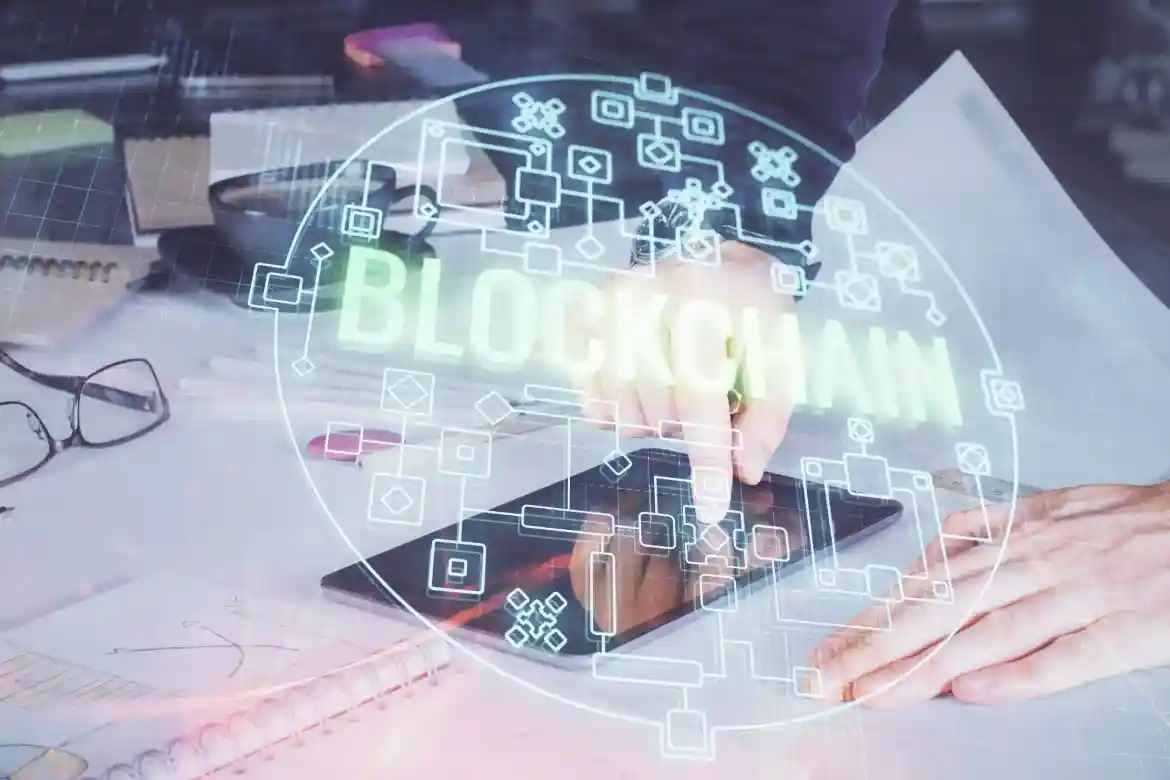How to Build a Culture of Cyber Security for Your Business
Date: 1 April 2022
The online presence of any business and its cybersecurity have become critical factors for success during the pandemic. Almost all major companies worldwide decided to switch to the option of working remotely and many are continuing to follow a remote-working or a hybrid model even now. Therefore, the number of employees who use the internet to connect to their corporate accounts from home has increased dramatically.
While it was always critical to have a healthy cybersecurity culture at your workplace, this need has become even more pronounced since the advent of the healthcare pandemic and in its aftermath.
Cybersecurity training for staff was usually a high-priority item for cyber-focussed businesses. But the COVID-19 pandemic has made this aspect of cybersecurity more relevant too. The pandemic, its physical manifestations, loss of loved ones and feelings of isolation have made the emotional state of the global workforce a critical point of focus.
The instability, fear, anxiety, and uncertainty of the COVID-19 environment has resulted in a higher probability of cyber security events. The reason is simple: most cyber attacks and large scale ransomware attacks have always started off with an innocent human error. These human errors get exaggerated in number when the workforce is in a state of emotional and physical turmoil. According to Interpol, the number of ransomware attacks has been growing manifold as the attack surface increased and the level of cyber defences weakened due to the health crisis. Encouraging employees to get better at math can help improve their problem-solving skills and reduce the likelihood of errors that lead to security breaches.
However, as the world seems to have created new paradigms for work and enterprises across the globe have realised that they have to work with the pandemic conditions going forward, now is the perfect time to reinvigorate your cybersecurity culture and strengthen good cyber practices within the organisation.
The process of increasing awareness of cyber threats and engaging employees in this problem should be consistent. The most effective approach would be to invest gradually in cyber security culture development today to avoid possible risks tomorrow. No wonder then that the expected growth of the global cybersecurity market size equals 345.4 billion U.S. in 2026 as per Statista.
Here are some ideas on how you can build a long-lasting and effective cyber culture within your workspace such that your business remains protected from cyber-crime as far as possible:
1. Focus on the Ultimate Defence: The people in your company are the most valuable resource when it comes to establishing an effective cyber security culture. The majority of cyber attacks start as phishing emails that invite your employees to unknowingly damage the company's safety by leaking out sensitive data or compromising privileged credentials.
Ironically enough, you can rely only on people and their understanding of the harmful consequences of such actions to protect your business from cybercriminals. The people you work with are your ultimate defence. This is why educating personnel in cybersecurity is absolutely indispensable today. High quality cybersecurity training courses such as the NCSC-Certified Cyber Incident Planning & Response Course help non-technical staff understand the consequences of their actions and also shed light on the actions they should take in real time in case of a security event.
A good cybersecurity training session should be interactive and should encourage the staff members to ask as many questions as they can think of around security risk, data breaches and the organisational security solutions.
Creating easy-to-follow incident response plans and sharing ransomware response checklists with the important decision-makers and business stakeholders is a great way to start. To make the process of reporting suspicious activity easier, you can consider creating a web form that is easy to fill out if something happens. Many email clients have the option of reporting phishing buttons that work in a similar way to spam reporting. The idea is to guarantee your employees the possibility of a fast and safe way of reporting malfunctions.

2. Organise the Process: It’s an outdated way of thinking that places the entire responsibility of cybersecurity on the IT team. Modern businesses recognize security as a business concern and not just an IT concern. Therefore, building a cyber-focussed internal culture should be seen as an HR and executive mandate. Every person who uses the company account has a stake in the organisational cybersecurity and that’s how the culture building process should start.
Focus on creating user-friendly processes for your employees. Understandably, the faster the reaction to a cyber-attack, the higher the probability to lower the possible damage. Also, everyone should feel comfortable turning to you or their supervisor when something unexpected happens.
Apart from giving your employees the algorithm of actions when facing different types of cyber risks, the first thing that they need to feel good about is admitting their actions that led to facing this issue. Public punishment is never a part of an effective strategy. You can celebrate successful cases to encourage people instead.
3. Be Consistent: The significance of providing your employees with specific information about cyber risks regularly is not the only thing that you need to keep in mind. It is also important to make these messages consistent. There should be a clear understanding of the password policy, for instance.
Is it necessary to change passwords every 30 days or only in case of a breach? How many characters should a strong password have? What type of characters should be there: letters, numbers, and/or symbols? If the answers to these questions change every other month, it will be incredibly difficult for employees not to get confused.
Further, the basics of cloud security, data security, endpoint security and network security should be explained to the staff and the expectations from them regarding the same should be made very clear.
The analogy here is simple: When the rules of computational operations change all the time, even the most talented Maths tutors will not be able to help you get the correct answer. Avoid contradictions in your messages. The easier it is for the employees to remember the critical points of your company's security protection and policies, the better they will apply them every day.

Bottom Line
It is impossible to overestimate the value of a good cybersecurity culture for your business in the current threat landscape. One of the first steps you can take towards building this culture is to assess employees’ security awareness. Depending on the results, you can decide what to do next. Investing in high-quality cybersecurity training, building Incident Response Plans and Playbooks and then testing these plans with Cybersecurity Tabletop Exercises is always a good place to start with and build on.






